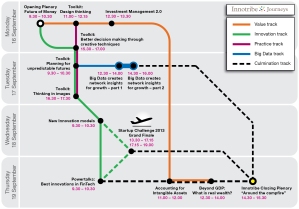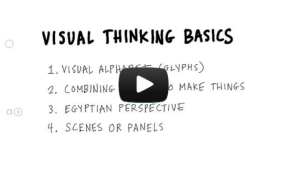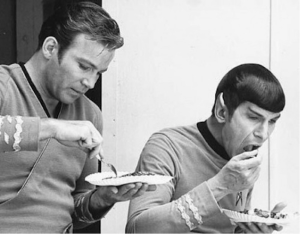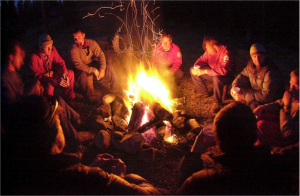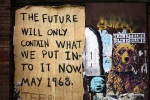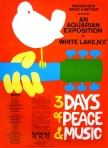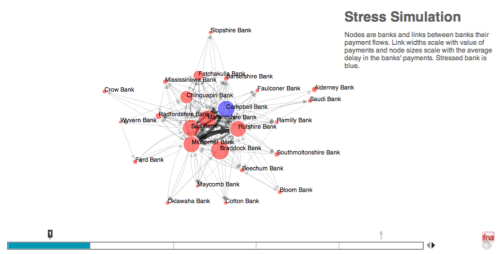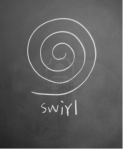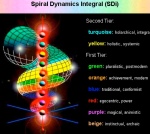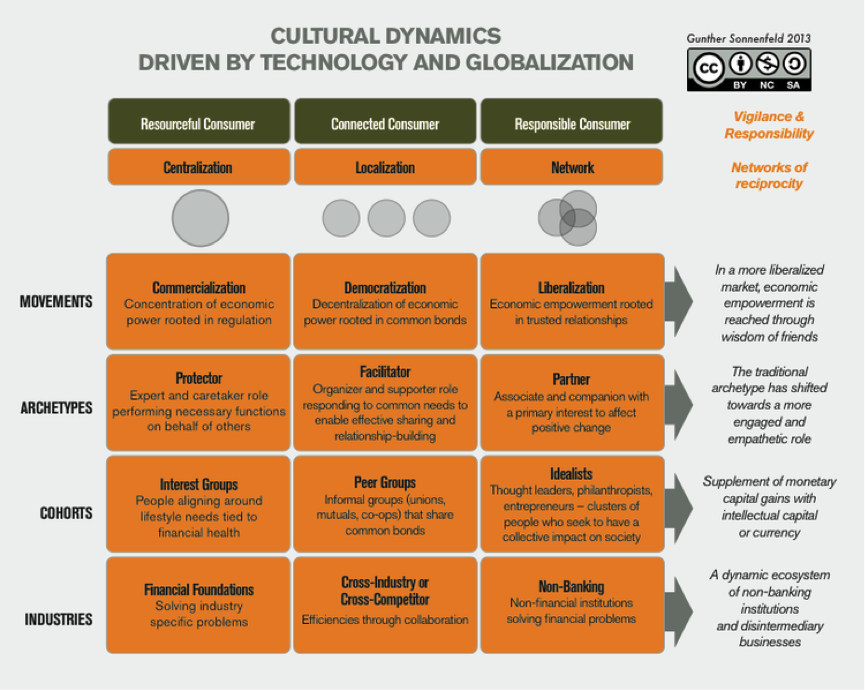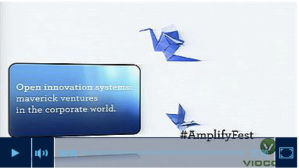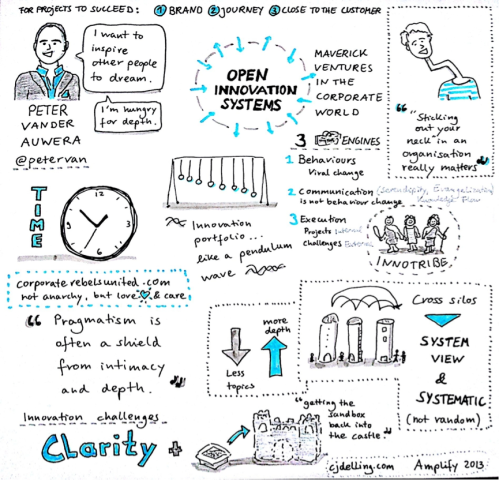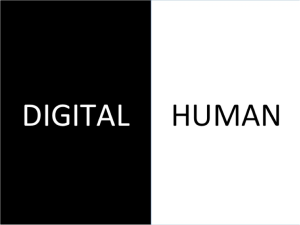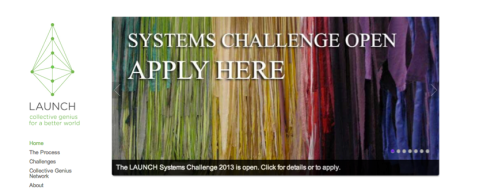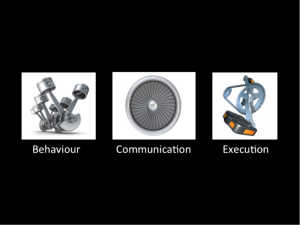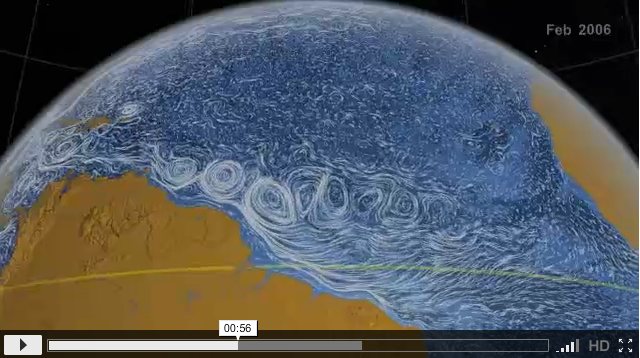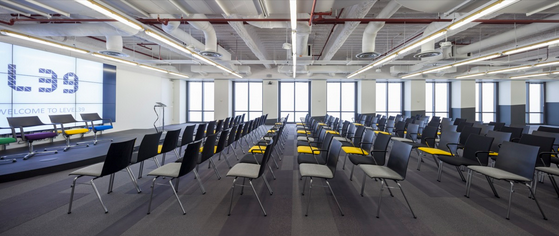Here is the latest update on Petervan Studios. The previous update already goes back to June 2021.
The family is good. Somehow, we managed not to get infected by the virus. We all got boostered and respected safety measures to the max. Most of my time, I spent home in my studio and only came out for some grocery shopping, some visits to art exhibitions, and delivering the taxi service to my daughter’s school and horse stables. Zero travel since October 2019, but I cannot say I miss it.
At this moment, it looks like we are getting out of the woods of the 5th Covid wave, and measures in Belgium are getting relaxed. Partying is allowed again as of 18 Feb 2022.
More importantly: my father is still alive and kicking, and he celebrated his 90th birthday in Sep 2022!
What else?
The Bricks Project
For those who remember, this is my “zen” project. Drawing bricks in silence. Many bricks. 8,255 Bricks at the time of writing this post:
Exhibitions
Since the last update, I visited the following art exhibitions:
Luc Deleu, De Singel, Antwerp, Aug 2021
Drawing Art, BOZAR, Brussels, Sep 2021
ING Laughing Art, ING Gallery, Brussels, Sep 2021
David Hockney, BOZAR, Brussels, Oct 2021
Masculinities, FOMU, Antwerp, Nov 2021
Re-Collect, FOMU, Antwerp, Nov 2021
Rinus Van de Velde, Tim Van Laer Gallery, Antwerp, Nov 2021
Train Modernity, KMSK, Brussels, Nov 2021
Fabrice Samyn, KMSK, Brussels, Nov 2021
Pop-Art, SMAK, Ghent, Feb 2022
Chaos, Alex Vervoordt, Wijnegem, Feb 2022
Anne-Mie Van Kerckhoven, Zeno X, Antwerp, Feb 2022
David Claerbout – The Close, Brugge, Feb 2022
Luc Deleu inspired by Buckminster Fuller
Detail of painting by Rinus Van de Velde – 2021
Hippie Elias (Self portret) by Etienne Elias – 1970
Fabrice Samyn – Detail from Eve&Adam – 2018
Still from The Close – David Claerbout – 2022
Outdoors
Weather did not treat us well. My recollection is one of all shades of grey and lots of rain from August 2021 till Feb 2022. Only the beginning of Sep 2021 was decent. But I have some nice winter fog pictures from my strolls and bicycle rides:
Horses
Astrid made a lot of progress in horse-riding. She won the 2nd price at a local dressage competition, and she also enjoys jumping a lot.
Talking about Astrid, in Dec 2021 she celebrated her 16th birthday. Where has the time gone?
Traveling Without Moving project
Travelling without Moving (TWM) is a series of essays documenting my mental and philosophical journey in 2020-2022.
The main outline was published in November 2020, and in the meantime, several episodes have been released. Since the last Petervan Studios update, I published one more essay on “Studios”.
There are a couple more in the pipeline, but I have a hunch that these will morph into The Scaffold project (see later in this post).
Books
Check out my GoodReads: https://www.goodreads.com/user/show/3085594-peter-auwera
Some highlights
Until Proven Safe: The History and Future of Quarantine by Geoff Manaugh, Nicola Twilley
Where Is My Flying Car? by J. Storrs Hall
Reclaiming Art in the Age of Artifice: A Treatise, Critique, and Call to Action by J.F. Martel
Lichamen by Peter Verhelst
Petervan Rides
Since July 2019, I publish every month a Spotify List with new releases combined with some oldies from the 60ies, 70ies, and beyond. Search for “Petervan Ride” and select “playlists”. Subjective selection of course, as driven only by my personal taste (or lack thereof).
Here is the latest Ride from Feb 2022, still being populated as we publish this post.
I suggest you play it in shuffle mode, it enhances the surprise experience.
My Art Practice
I did not produce much artwork. I was very focused on a work-project that required all my attention and focus. I shared most of my recent art work via my Facebook page, or on this blog under the heading “Sine Parole”. Some “highlights” if I can say that about my own work:
Petervan Artworks © 2022 – Digital scribble on iPad
Petervan Artworks © 2022 – Digital scribble on iPad
Professionalisation of Petervan Studios Art Practice
As from March 2022, I will focus on the professionalization of my art practice. I have hired a coach to help me with that. We are working with a digital archiving platform with an API that is steering the show & tell of my analogue and digital artworks. There will also be an integration with a shopping environment, and an online VR exhibition environment. There is also a brand-new website for Petervan Studios in the making. This new online environment will also become the home for a new project, working title “The Scaffold”, see below
Freelance Projects
I have been deeply involved and committed as architect and head of design of an 100% on-line learning expedition running from Sep 2021 till Feb 2022. We just landed the closing session. We still want to produce a “scrapbook” that documents the journey by end Feb 2022. The experience came in two chapters. The first chapter was a technology refresh on digital identity, infrastructure, VR, Robotics, Web3, and UX. The second chapter was about developing a practice of innovation for wicked problems, and how to design for emergence in complex adaptive systems.
I had the chance to collaborate with professional facilitation and innovation partners, and a collective of “guides” – some really smart people – that helped us shape and deliver the content.
The Scaffold
The learning expedition mentioned above had a great impact on me and the way I look at “events”. I believe I am onto something that may be the start of a new “genre” of learning studios. And I have started talking and pitching to potential partners and investors. Here is the high-level pitch:
The Scaffold is a 100% online learning studio for creating new knowledge based on the passion of the explorer.
The Scaffold can be seen as a form of Pop-Up school and/or an experimentation-based learning playground.
The Scaffold is planned as a three-year research cycle, with cohorts joining an online virtual playground for six-month intensive high-impact expeditions where together with the faculty they will create new knowledge in collaboration.
The curriculum of the expeditions is composed of several interventions, interruptions, and provocations anchored in the reality of a client’s project. The project serves as a vehicle to trigger new and imaginative thinking.
The Scaffold is a “scaffold” for something much bigger, something that could lead to a movement and foundation for better futures.
More about that later, probably in the second half of 2022. I hope to have a first client cohort signed-up by then.
So, in summary, what’s next?
The plan for the coming months is to work/play on:
Professionalizing my art practice
Pitch and realize my project “The Scaffold”
So, that’s it for this edition. If there is something worth reporting, next update is for Sep 2022.
Warmest,














